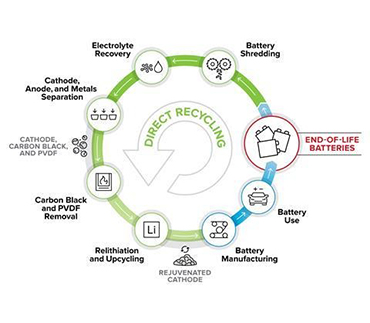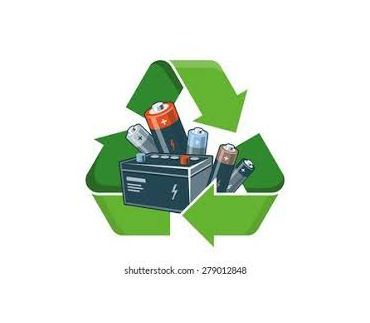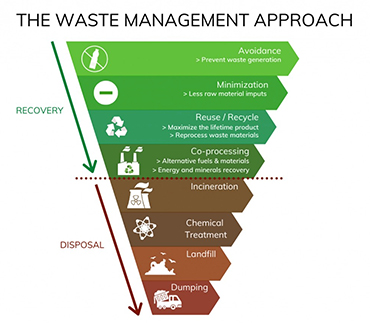Hazardous Waste management
Several options are available for hazardous-waste management. The most desirable is to reduce the quantity of waste at its source or to recycle the materials for some other productive use. Nevertheless, while reduction and recycling are desirable options, they are not regarded as the final remedy to the problem of hazardous-waste disposal. There will always be a need for treatment and for storage or disposal of some amount of hazardous waste.
Treatment Hazardous waste can be treated by chemical, thermal, biological, and physical methods. Chemical methods include ion exchange, precipitation, oxidation and reduction, and neutralization. Among thermal methods is high-temperature incineration, which not only can detoxify certain organic wastes but also can destroy them. Special types of thermal equipment are used for burning waste in either solid, liquid, or sludge form. These include the fluidized-bed incinerator, multiple-hearth furnace, rotary kiln, and liquid-injection incinerator. One problem posed by hazardous-waste incineration is the potential for air pollution.
Single window solution for hazardous waste
Type of hazardous waste
1. Oil waste
2. Battery waste
3. Chemical continaminated sludge waste
4. Toxic Waste
5. Explosive Waste
several MOU has been done by authorised recycler for different kind of hazardous waste
Coprocessor , Preprocessor , Reprocessor and landfill site



